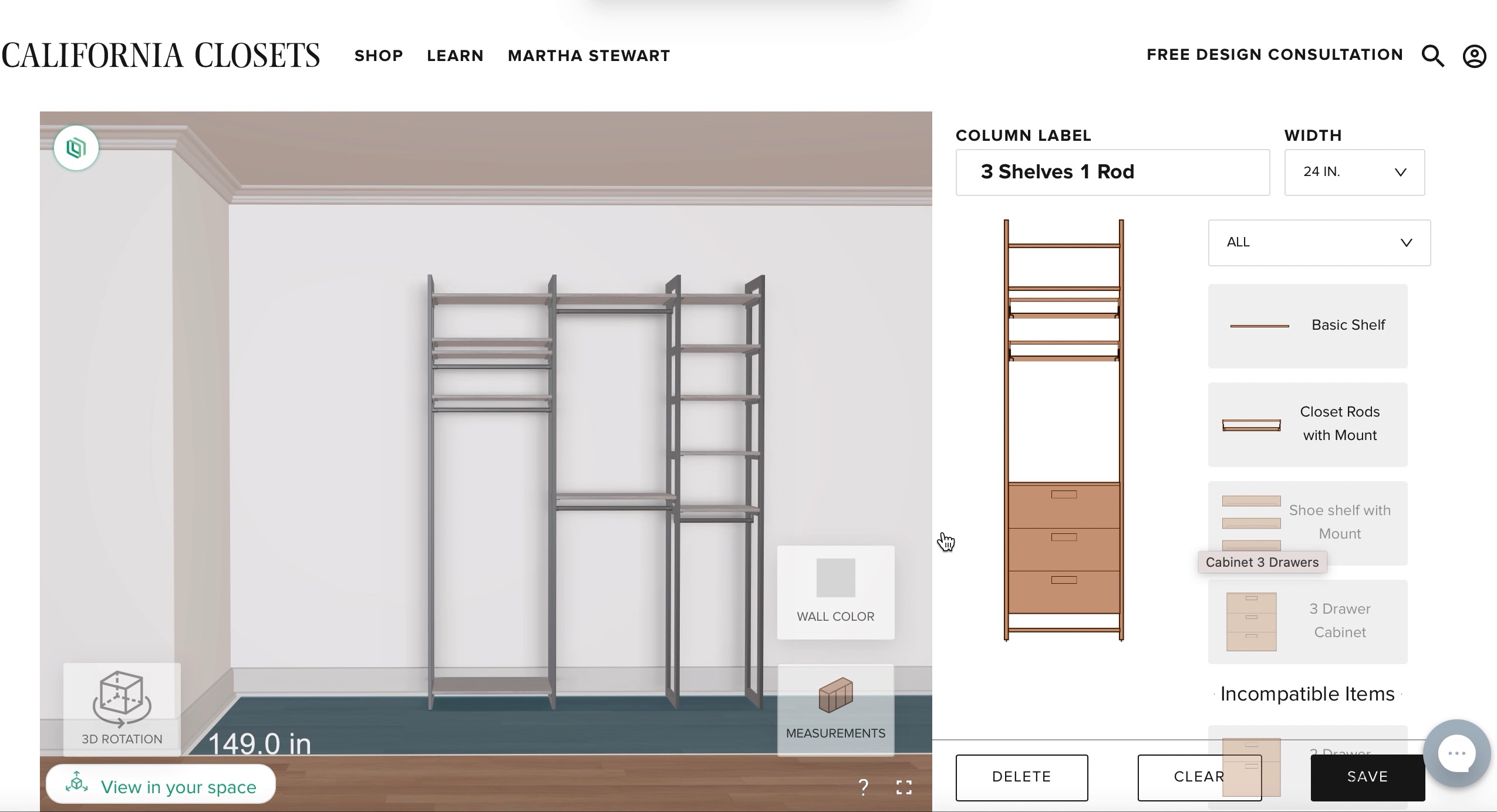3 Ways Product Configurators Can Transform Digital Asset Management
When you first started as an online merchant, your product line probably consisted of 15 or 20 items. It was hard to imagine you'd need a digital asset management solution.
Keeping track of the images for an online catalog was pretty straightforward. Even when you added configuration options, finding the photos you needed for your website wasn't difficult. But now, that may no longer be the case.
What is a digital asset management system?
Digital assets are any file type that comes in a digital format. They include digital media such as images, videos, media files, graphics and documents. For online merchants, digital assets are the hundreds — even thousands — of product images that make up a product catalog.
Digital asset management (DAM) solutions are software systems that store, organize, manage, retrieve and distribute a company's digital assets. These DAM systems give merchants the ability to create a centralized location for all digital media, making it easier for team members to locate product images.
Why use digital asset management software?

With a DAM solution, merchants can deliver consistent images that establish brand authority and enable brand consistency. Centralizing digital assets creates a single source of truth that helps deliver a cohesive user experience.
DAM software can facilitate content repurposing to decrease production costs and offers benefits in these three key areas:
1. Consistent branding
As product lines grow and images increase, mistakes can happen.
For example, suppose that two additional patterns are available on an existing product. The individual in charge of updating the digital asset for the product catalog pulls a file, updates the information and publishes the image.
However, the image is not current.
The published image does not reflect the latest brand guidelines. On top of that, the product went through design changes since the image was created.
Not only does the image fail to follow brand guidelines, but it shows an incorrect product image. Customers ordering from that image will receive a product that doesn't match its online image, resulting in a poor customer experience.
Brand management is essential to establishing and maintaining an online brand.
Using a DAM system can help organize image files. Permissions can be placed to ensure staff can only access the latest files.
A product configurator can go one step further. It enables staff to add options to an existing product without creating multiple files to manage.
Staff members do not have to wonder if they are working on the most recent media file. A centralized system with proper controls operates as a single source of truth, ensuring that the appropriate product image is always being used.
2. Lower costs
Centralizing media assets can also lower costs. Staff members spend less time trying to locate files or reproducing images that already exist.
Updating digital content quickly also means you can add new products faster for increased sales opportunities. For eCommerce merchants, timing is essential when they operate at internet speeds.
Product configurators with virtual photographer capabilities enable merchants to reduce the cost of photoshoots, too. From a single image, virtual photography creates multiple versions of the same image.
Instead of paying for photos of a scooter in red, blue and green, merchants can reproduce a single image in different colors programmatically. Marketing teams can use the same photos for social media campaigns, saving even more on production costs.
3. Improved customer experience
An asset library improves the customer experience. File types are no longer kept in silos that force employees to recreate content because they were unaware that it already existed.
The customer experience becomes consistent when every channel operates from the same media files and sharing files is standard practice.
DAM platforms can provide workflows that establish approval processes that ensure quality standards for improved customer experience.
Also, product configurators can provide templates that make it easier for merchants to maintain consistent content creation across all product lines. For example, they can ensure 360° views for all products and provide metadata for improved search capabilities, making for a seamless user experience.
How product configurators can transform digital asset management
DAM systems can streamline online merchant processes such as maintaining product catalogs or delivering consistent messaging across social media. But integrating product configurators into an asset management system can transform any digital asset management platform, in turn.
Well-designed API integration ensures compatibility between DAM software and product configurators. Let’s see how:
1. Brand consistency
Digital content forms the basis of digital brand assets. However, the assets' value depends on how easily the digital files can be used. Product configurators complement the centralized concept of DAM software.
Creating templates establishes a standard look-and-feel to product images.
For example, zoom capabilities should be available on all products if they are available on one. The same concept applies to 360° views. With a predefined template, creative files cannot be built if they do not contain these capabilities.
2. Lower costs
Virtual photography can reduce costly photoshoots while providing endless views to incorporate into a product configurator. Product configurators can also reduce the cost of operating and maintaining an online catalog.
Whether it's a 2D or 3D configurator, the ability to display different options in real time programmatically means fewer files to manage and fewer errors to correct.
When a shopper wants to view a nightstand in a different finish, for example, the configurator can display the image with the selected image. It can even support 360-degree views so potential buyers can see the nightstand from all angles.
3. Customer experience

Product configurators add functionality to an online catalog. They provide an improved customer experience using augmented reality.
Letting shoppers see the product in their home or on a car brings their vision to life, giving them the confidence to purchase a customized item. Product configurators can also reduce cart abandonment by providing consistent navigation, detailed information and simplified operations.
With product configurators, managing digital assets becomes less cumbersome. Images can be exported for other marketing materials or imported using different file formats.
Programmatically incorporating key capabilities reduces the number of images a merchant needs to manage. Simplifying the process of digital asset management helps eCommerce businesses maintain brand consistency, lower costs and improve customer experiences.
Learn more about how product configurators can transform your digital asset management software with Threekit's platform.




